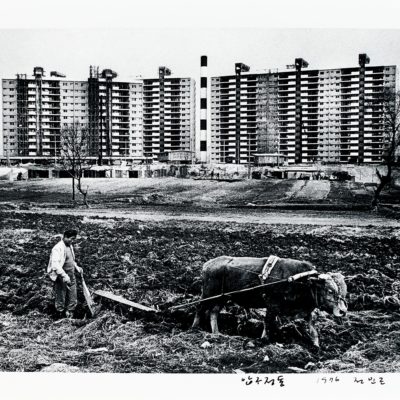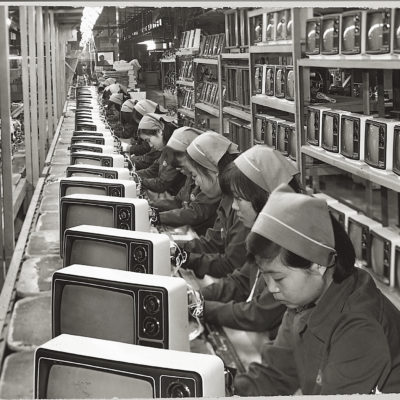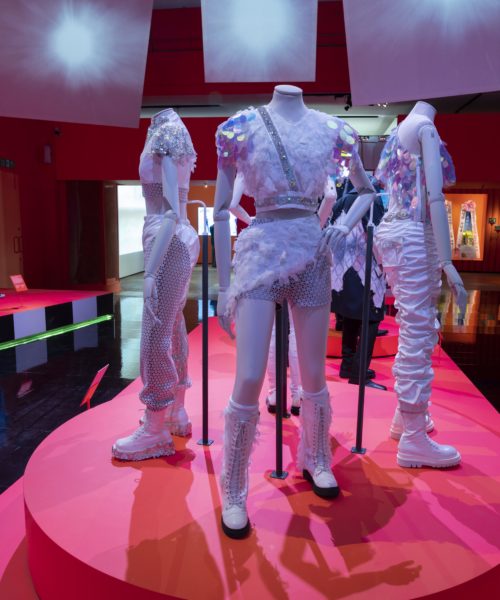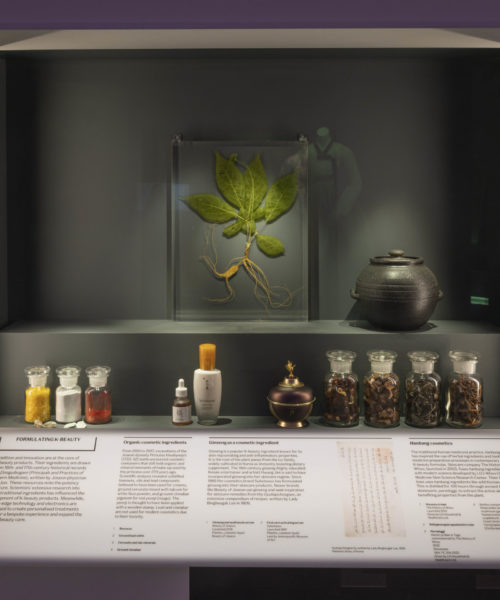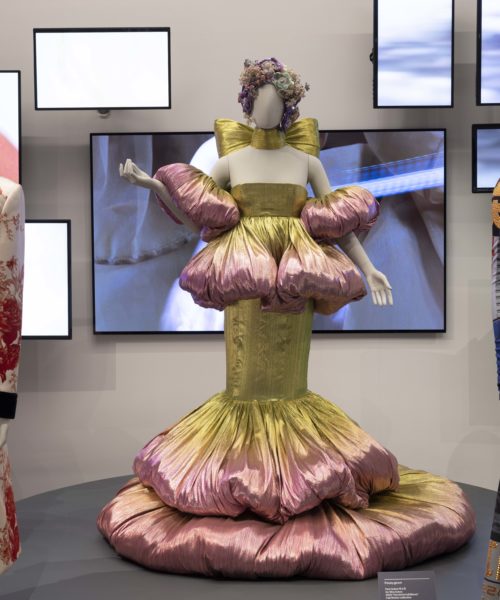Anyone who knows anything about popular culture will have noticed the prevalence of Korean influence in the last few decades. The Korean Wave or K Wave – translated as Hallyu – refers to the surge in popularity of Korean culture that began in the late 1990s. Now, the first exhibition of its kind to celebrate the rise of the colourful and dynamic popular culture of South Korea is opening at the V&A Museum from Saturday 24 September until 25 June 2023.
The first Korean objects in the V&A Museum’s vast collection arrived in London in 1888 and the museum now holds one of the largest Korean collections outside of the country. In 1992, the first permanent gallery devoted to Korean art opened here, and now comes another first. Hallyu! The Korean Wave is the first exhibition of its kind to explore the trajectory from a war-ravaged nation in the 1950s to a global leader in popular culture by the 2000s. In production for several years including during the covid-19 pandemic, Lead Curator Rosalie Kim endured many periods of quarantine and journeys back and forth between the UK and Korea, but it certainly pays off. It is a dynamic, immersive, exciting exhibition that is a testament to the expertise behind it.

PSY’S Gangnam Style, at Hallyu! The Korean Wave at the V&A Ⓒ Victoria and Albert Museum, London
A brief history
Cast your mind back 10 years to when PSY’s worldwide hit Gangnam Style became the first music video to reach 1 billion views on YouTube and transformed meme culture, online video sharing and the modern music industry. Upon entering the exhibition, you’ll be greeted by a wall of screens playing the infamous music video, alongside a display cabinet containing the artist’s iconic bubblegum pink suit. This is where the journey begins.
Next is a concise yet thorough mapping of life in Korea from 1910 to the 1950s. Discover Japan’s role in modernising the country and bringing tourism, and how early gambles of investing in technology and arts helped propel Korea to the powerhouse it is today. Did you know that Samsung began as a food trading company? Not quite the company that we know and recognise today, but it played a prominent part in shaping hallyu.
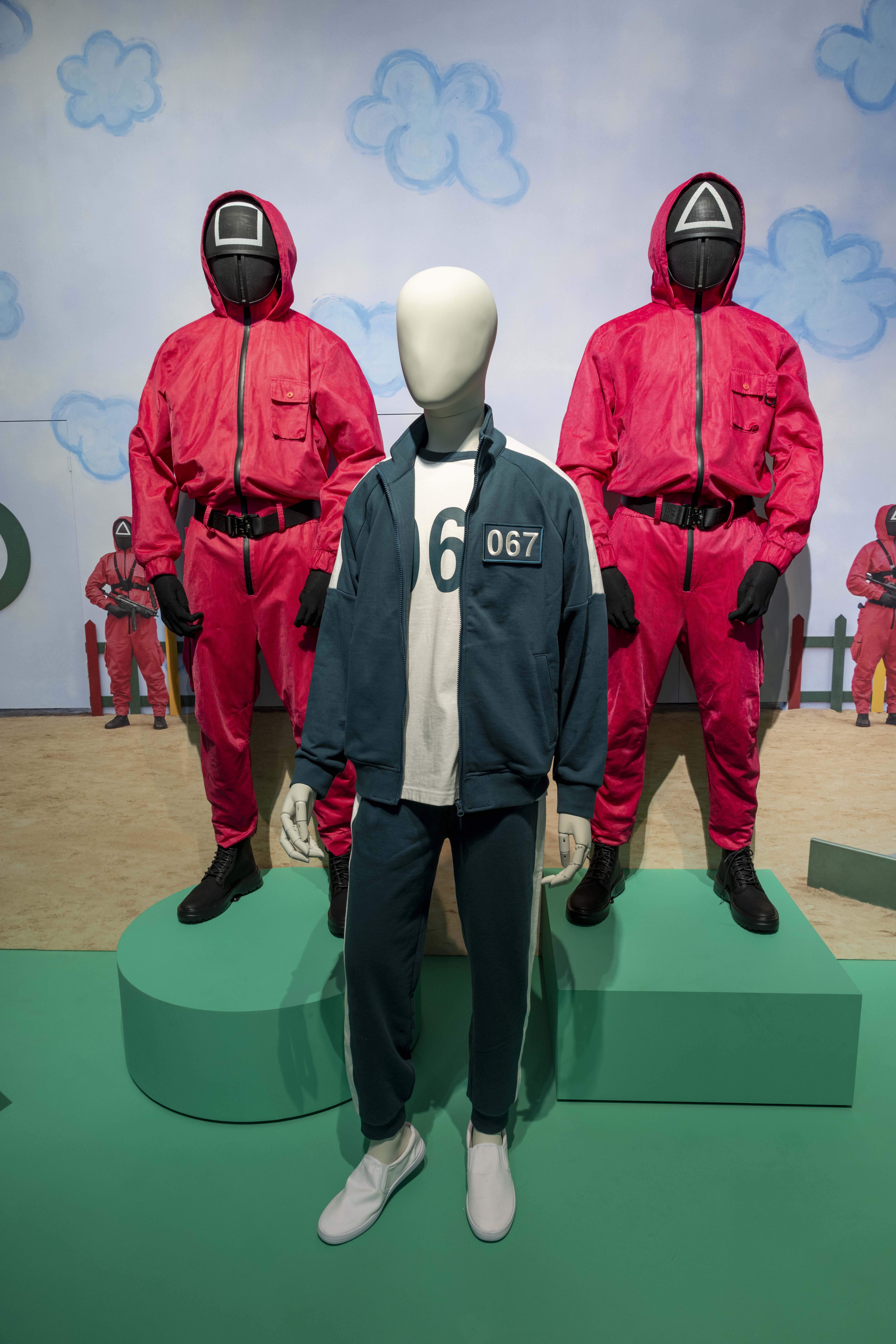
Squid Game costumes Ⓒ Victoria and Albert Museum, London
On the big screen
Continuing the winding journey through the digital displays, props and immersive experiences, you’ll reach what is affectionately known as ‘the Squid Game room’. K-dramas and cinema are what really kickstarted the Korean wave in the late 1990s, thanks to cable tv and the rise of streaming platforms like Netflix and Hulu. The third section of the exhibition features Squid Game, of course, as well as Oldboy and a reconstruction of the bathroom scene from Parasite – an extra-special exhibit as the production designer for the Oscar Award-winning film doesn’t usually allow recreations.
You’ll then walk into the wonderful and wacky world of K-pop music and fandoms. Here, you’ll find an interactive K-pop dance challenge created in collaboration with Google Arts & Culture. Try your hand at K-pop choreography for PSY’s That That, co-written and co-produced with SUGA from BTS.
A final flourish
Having already gotten a taster of some of the garments worn by K-pop stars in the previous section, the final few rooms are devoted to K-beauty and fashion. From the 10-step skincare routine that emerged in 2014, to LED beauty masks, vibrant streetwear and gender-fluid dressing, it is a fantastic final flourish to a thrilling new exhibition that highlights the country’s transformation into a tech-savvy cultural trendsetter.

